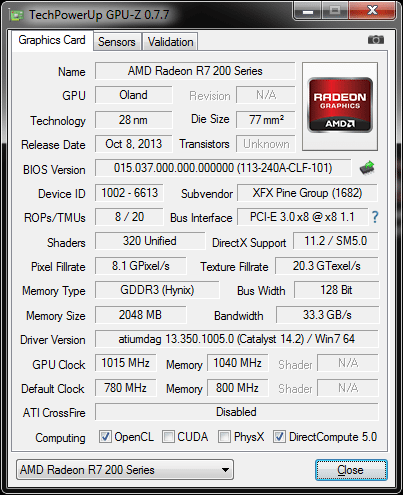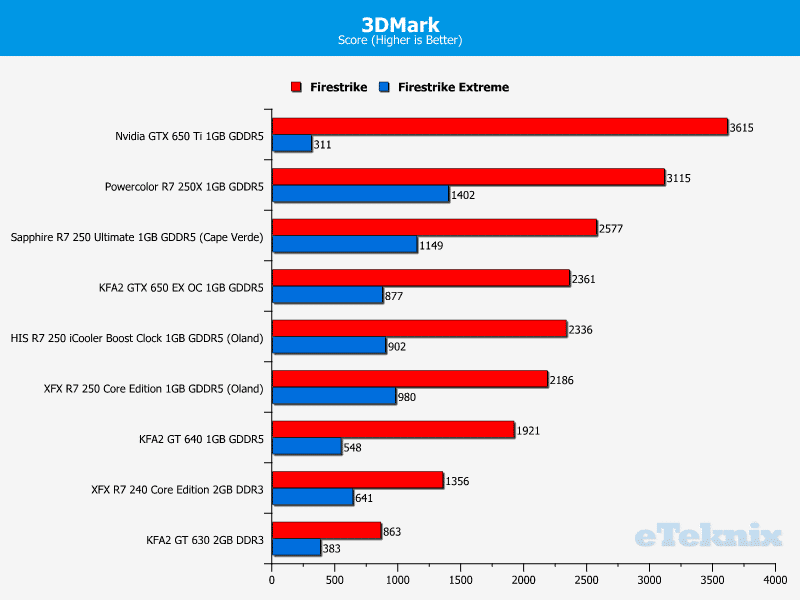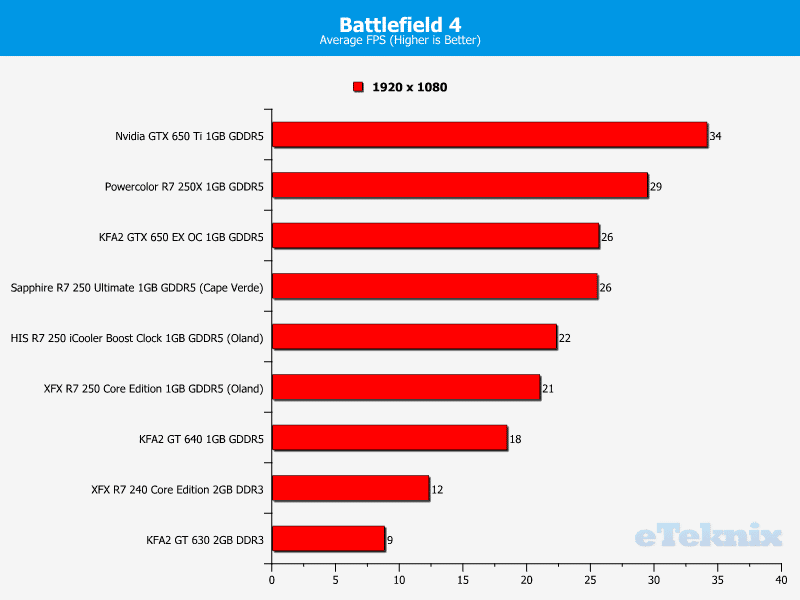XFX R7 240 Core Edition Passive 2GB Review
Ryan Martin / 11 years ago
Overclocking & Overclocked Performance
The overclocking ability of a graphics card is an important buying consideration irrespective of whether the graphics card is low end or enthusiast level. I’m sure everyone will agree that the more extra performance from overclocking – the better. In our overclocking we push each graphics card to its maximum stable core and memory frequencies. Typically we also raise the power limit to the maximum and where possible raise the voltages if this results in higher overclocks being achieved. We always aim for “24/7” stable overclocks that DO NOT result in potential heat on longevity issues so if we do raise the voltage it is still kept within safe parameters. The latest beta version of MSI’s Afterburner software is the overclocking utility of choice: this is because MSI Afterburner Beta versions typically allows you to circumvent overclocking restrictions – particularly those set by AMD.

XFX’s R7 240 overclocked pretty well and through overclocking it manage to extend its lead further over the GT 630, which we also overclocked to its max. Compared to stock scores the overclock resulted in about 20% extra performance which is great news when it’s totally free.





















